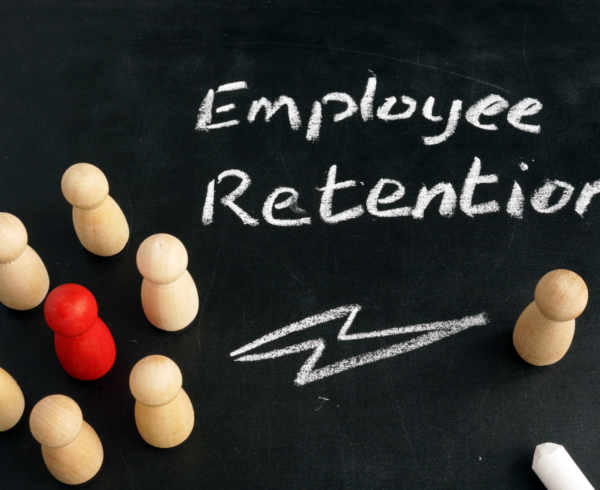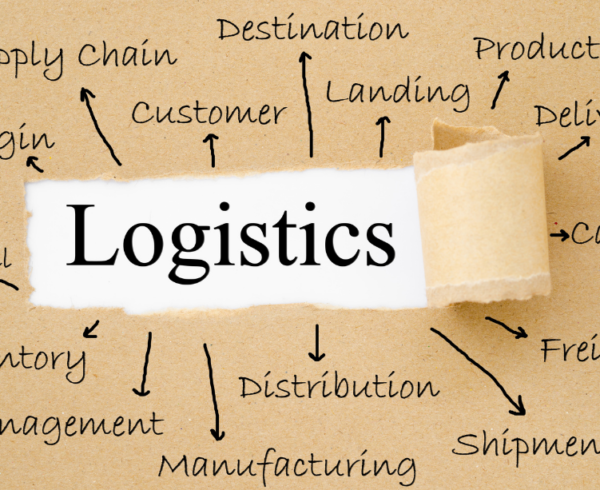The New Black Friday: 3 Ways COVID is Impacting Retail
The COVID-19 pandemic has undoubtedly impacted retailers in a variety of different ways. While some retailers have unfortunately been forced to close their doors, others have adapted and leveraged new strategies to help their business survive. Consumer behavior has also shifted as a result of the pandemic. Factors like change in income, spare time, and product availability for the consumer have all affected the retail industry drastically. Here we’ll explore 3 ways that COVID-19 has affected retail.
1. Transitioning to Digital Commerce
Even prior to the COVID-19 pandemic, the shift from brick-and-mortar retail to digital shopping was becoming a major behavioral change for an increasing number of consumers. Over the last eight months the transition to digital commerce has accelerated and has become a survival tool for many American families who are practicing social distancing. More people are utilizing digital grocery shopping services for the first time. Downloads for popular digital grocery apps like Instacart, Walmart Grocery and Shipt have surged since February. A June 2020 study revealed that 35% of US consumers use online grocery delivery services which is nearly 3 times more than in August 2019. Families who have become reliant on curbside pickup and grocery delivery are likely to continue using these services once it’s all over.
This shift has significant impacts for retailers. With order picking and delivery costs, digital grocery orders are less profitable than in-store shopping because they remove direct-to-consumer up-selling opportunities, i.e., impulse buys, new product trials, and immediate consumption purchases. Retailers are searching for ways to economically improve digital grocery experiences and reinvent these traditional in-store behaviors as digital shopping is likely here to stay.
2. Consumer Behaviors May Become Permanent
When restaurants closed, many people started to learn how to cook. Consumers who made a daily Starbucks stop on their way into the office now make their coffee at home. This is partly due to many workers are no longer required to commute to the office. At-home workouts are quickly changing the fitness industry with the rise of Peloton and Mirror to name a few. When gyms closed their doors, online workouts and fitness apps saw an increase in downloads by nearly 50% since March. The pandemic has forced many Americans to get creative with their daily routine, especially since much if it has shifted to mainly being in their home and if these behaviors become permanent, the demand fir various goods and services will fundamentally shift.
Brand loyalty is another factor that COVID has impacted. A customer may prefer Cottonelle toilet paper but if the shelves are nearly empty, they will choose the off brand rather than not having toilet paper at all. This type of situation can happen with nearly any item and could led to consumers leaving the pandemic with entirely new brand preferences and overall lower brand loyalty.
3. New Economic Trends
The pandemic has triggered an economic recession in the US. Many consumers are facing job loss, layoffs, or furloughs. Those that are still working have become more financially conservative in efforts to be prepared for the economic unknowns. In 2008’s economic recession, e-commerce grew, and brick-and-mortar retail declined. Off-price, discount, and emerging players succeeded by appealing to new consumer demands. Retailers who adapt to new consumer behaviors and join the trends could emerge stronger once the pandemic subsides.
The coronavirus pandemic remains ongoing and for retail businesses to survive, they should be prepared to be flexible, adaptive, and creative through a changing environment. The pandemic has brought on many business threats as well as different business opportunities and it’s important for retailers to stay ahead to survive in this unprecedented environment.





















